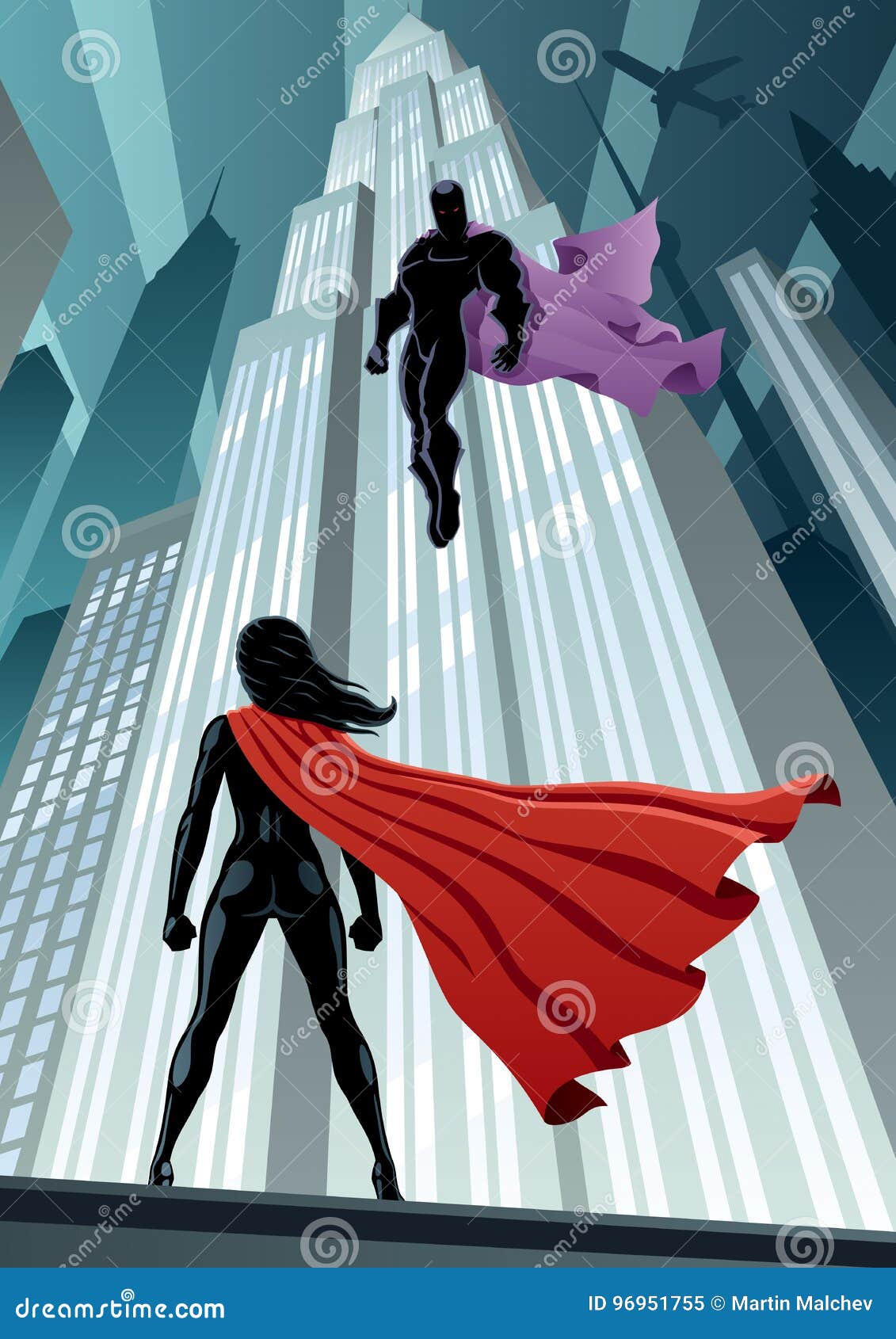A hero is a person who is admired for their courage, noble qualities, and accomplishments. A heroine, on the other hand, is a female hero. The terms hero and heroine are often used interchangeably, but they do have distinct connotations and histories.
In classical literature and myth, heroes were often male figures who displayed exceptional strength, bravery, and intelligence. These traits were often associated with masculinity and were seen as necessary qualities for a hero to possess. Heroes were often depicted as having a strong sense of duty and a desire to protect others, especially their community or nation.
In contrast, heroines were often depicted as more compassionate and nurturing. They were seen as having a maternal role and were often responsible for caring for others, particularly children. Heroines were also often depicted as being more emotional and sensitive than heroes.
Over time, the concept of a hero has evolved to include people of all genders and backgrounds. Today, a hero can be anyone who displays courage and selflessness in the face of adversity, regardless of their gender. This shift has led to an increase in the number of female heroes and heroines in literature, film, and other media.
Despite this progress, there is still a gender bias in how heroes and heroines are depicted. Female characters are often portrayed as weaker and less capable than their male counterparts, and they are often objectified and sexualized in media. This can lead to harmful stereotypes and reinforces harmful gender roles.
Ultimately, a hero or heroine should be judged based on their actions and character, not their gender. Both heroes and heroines can display exceptional courage, compassion, and strength, and both deserve to be recognized and celebrated for their accomplishments.








